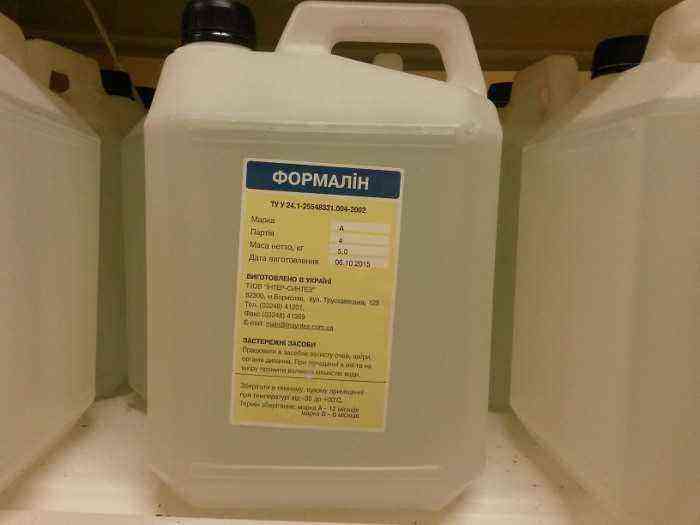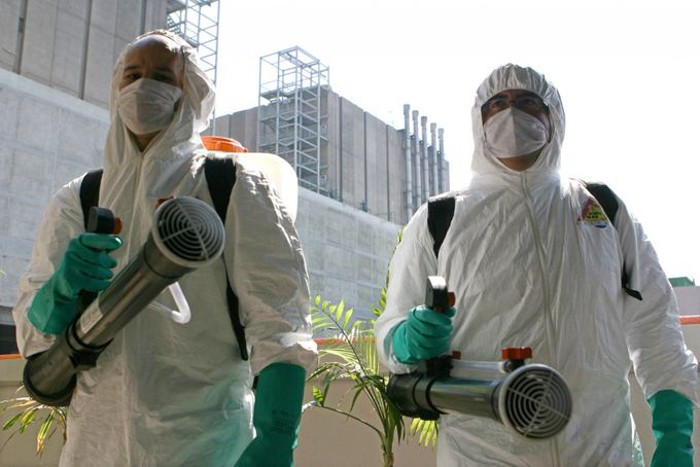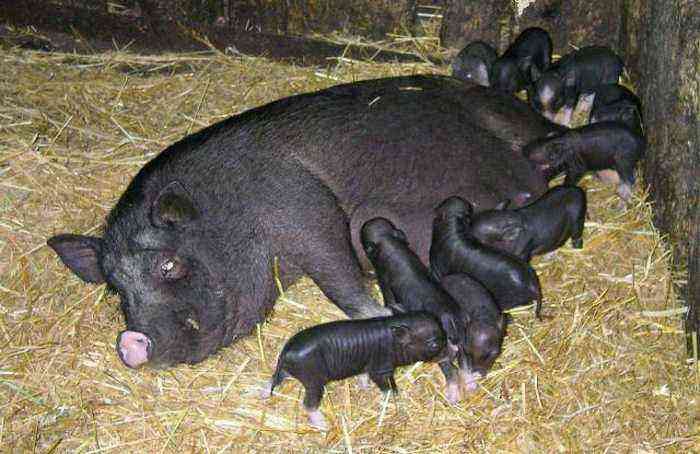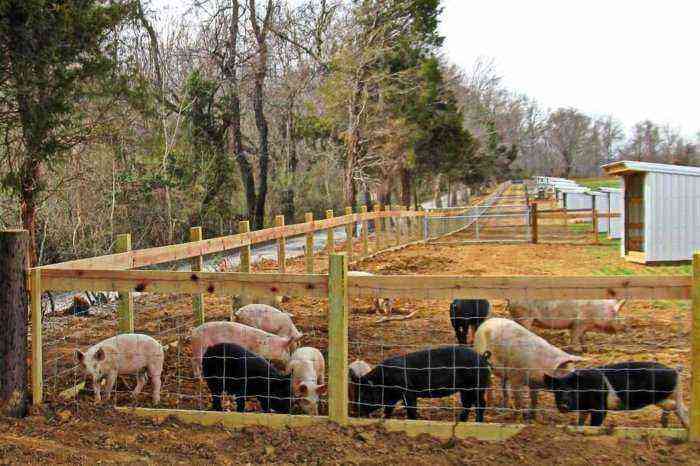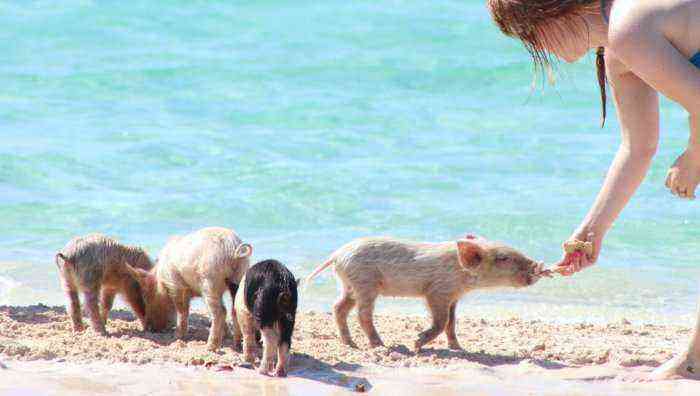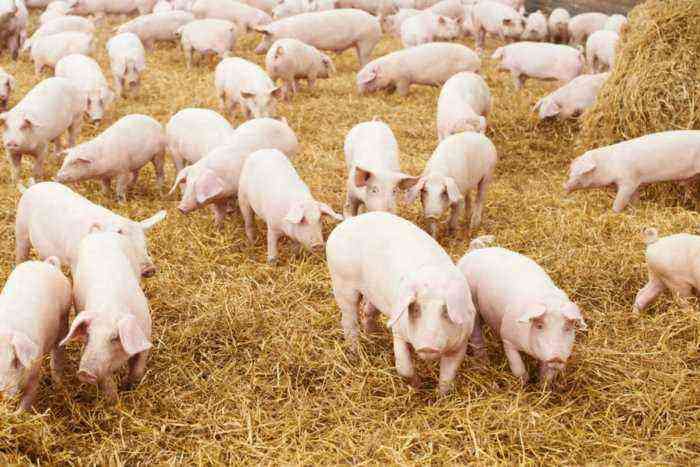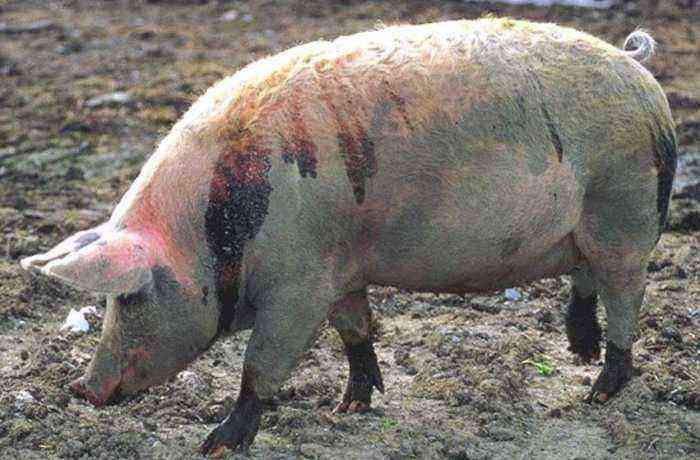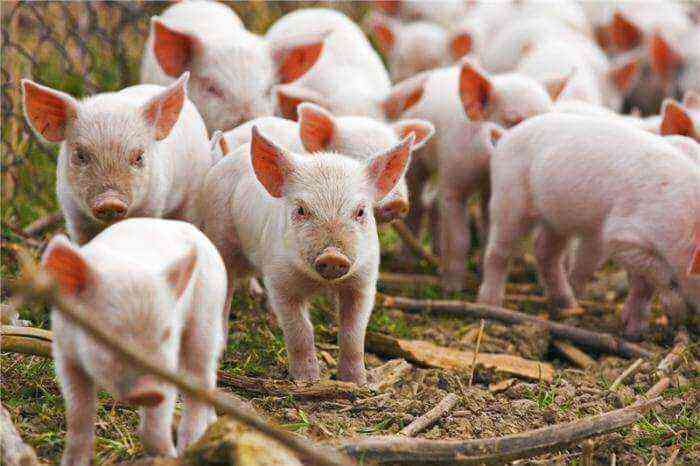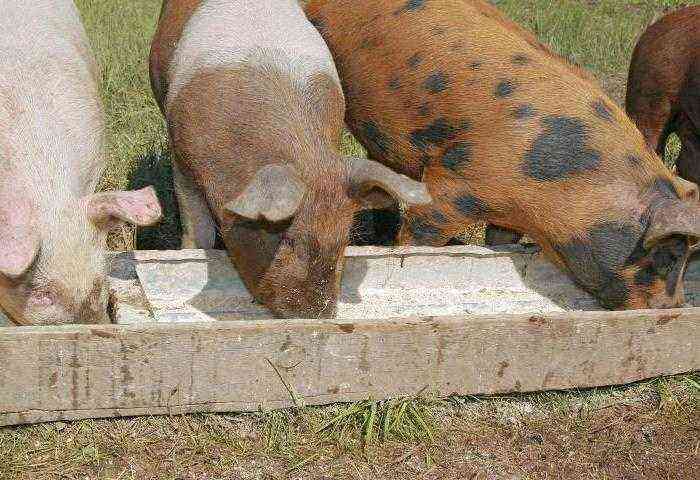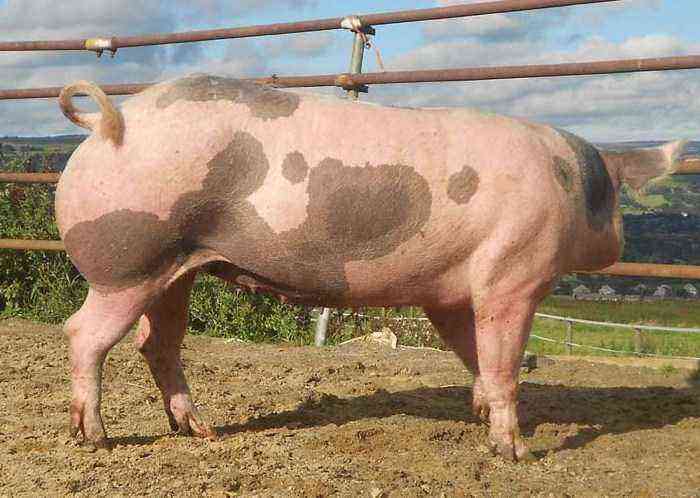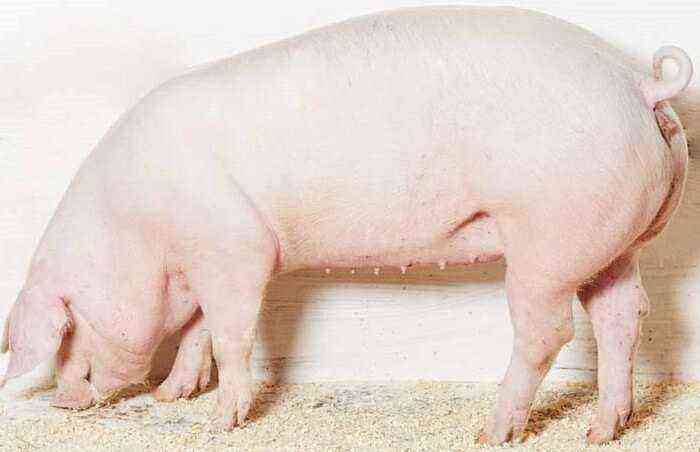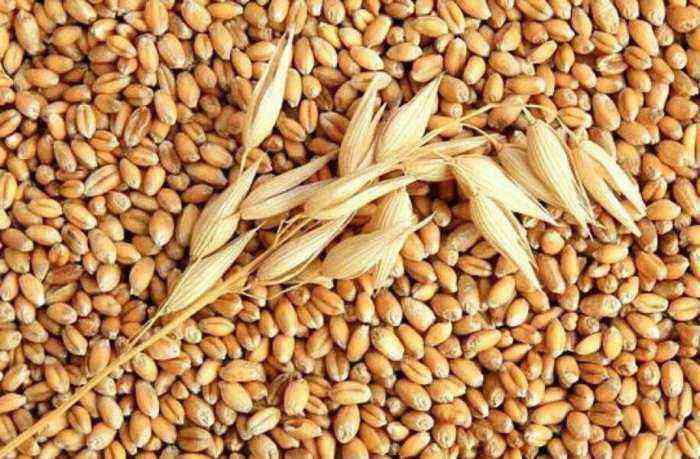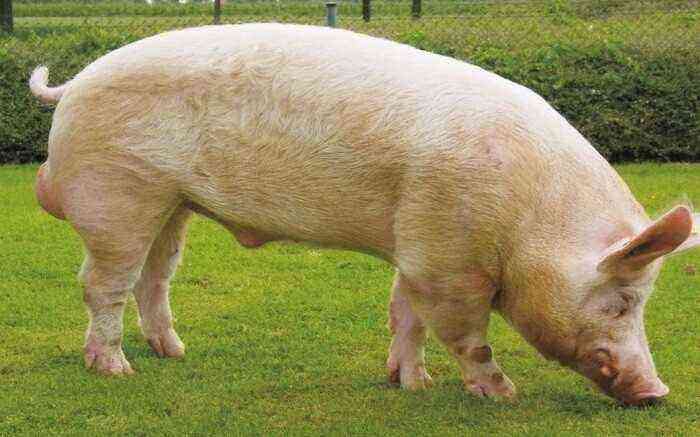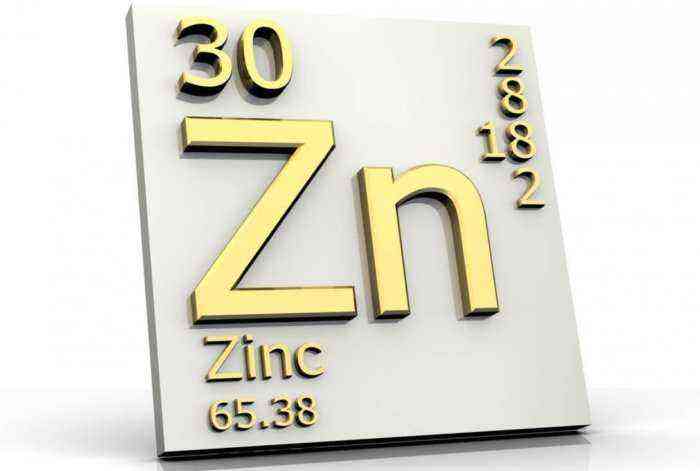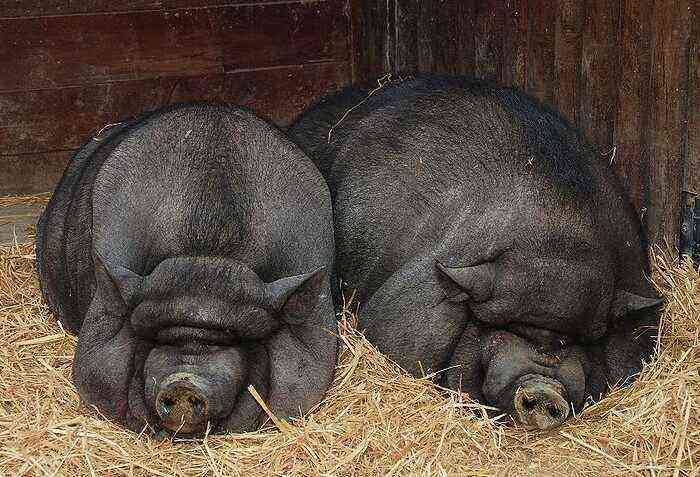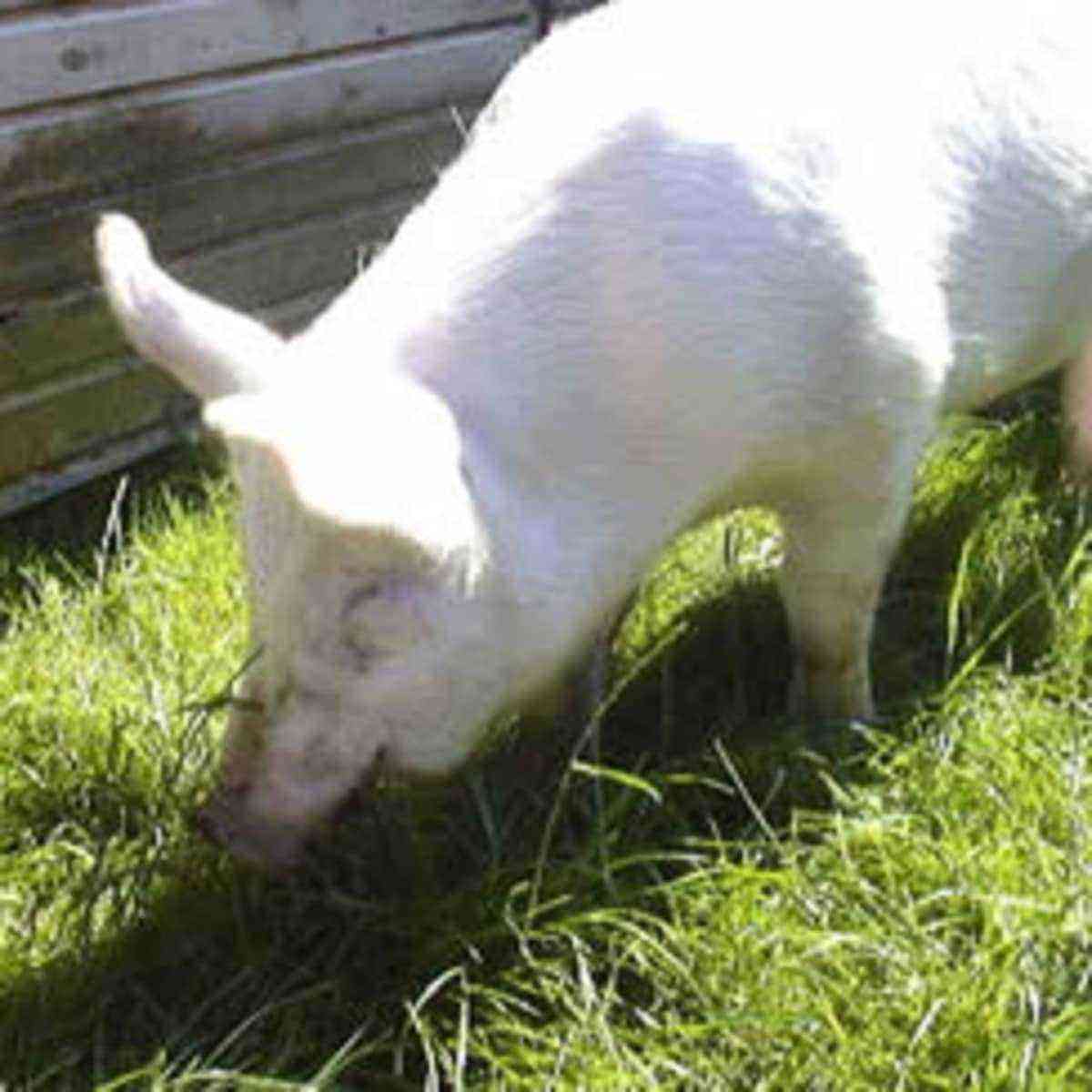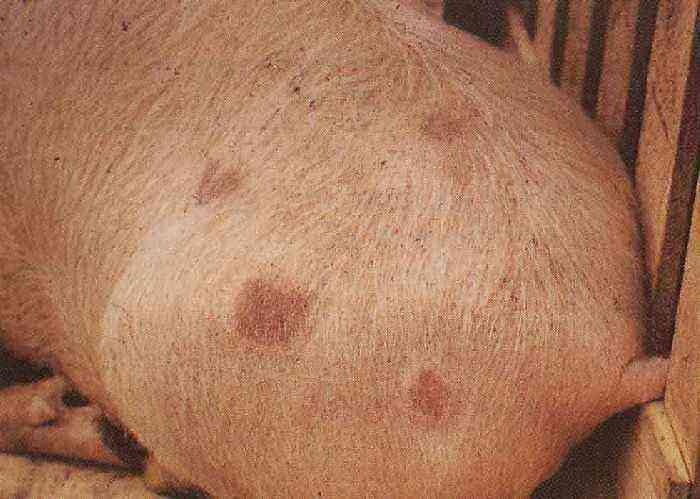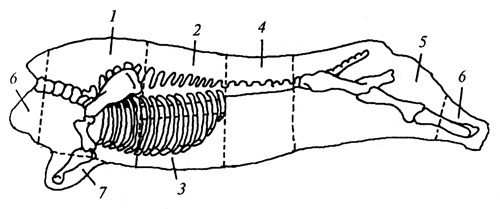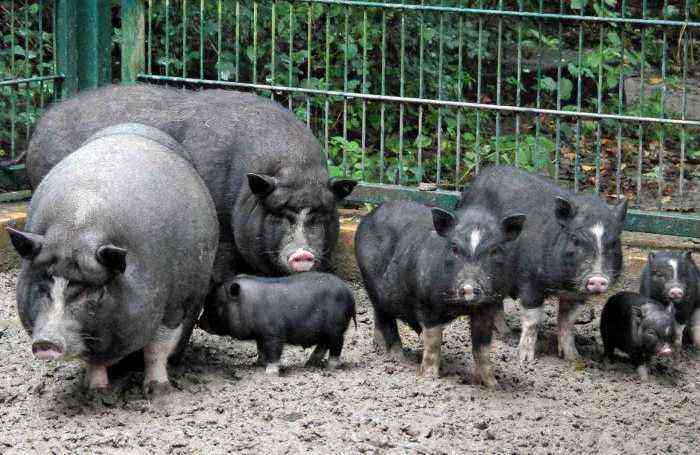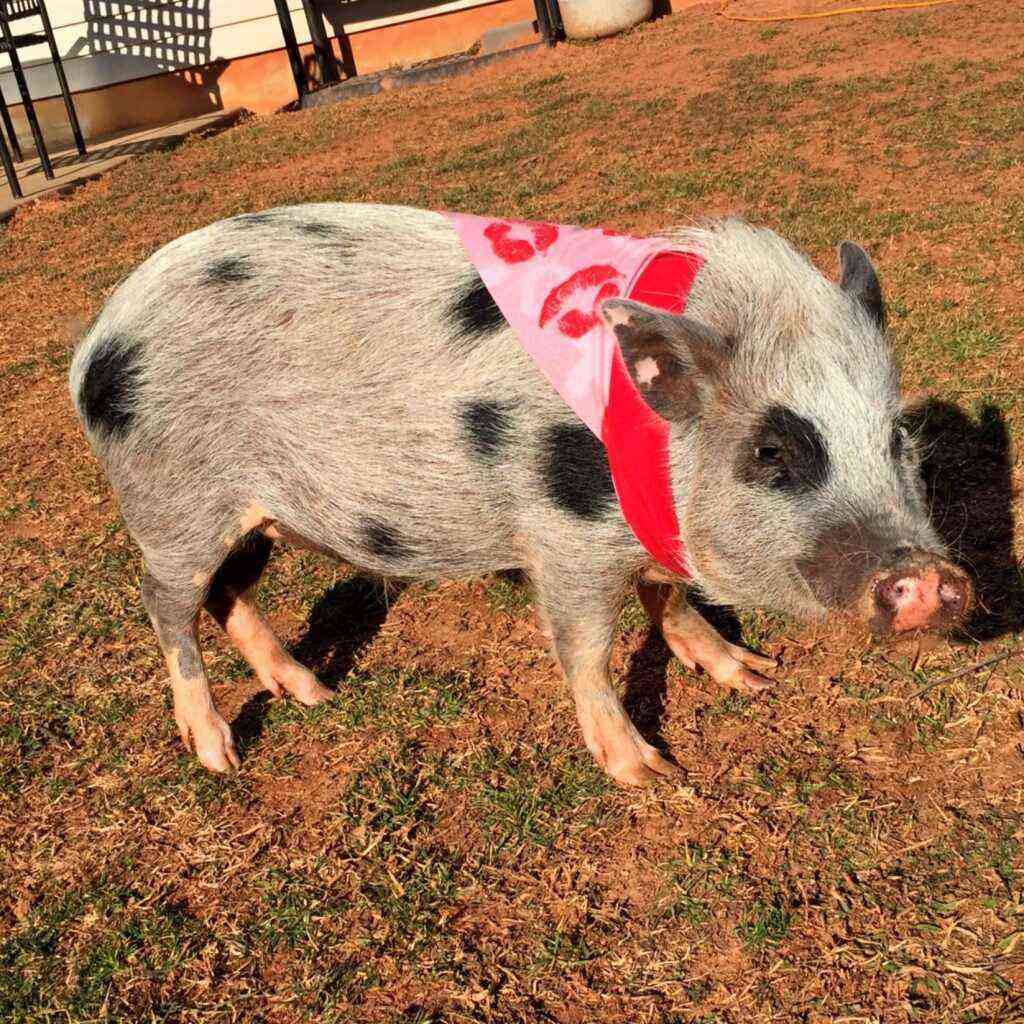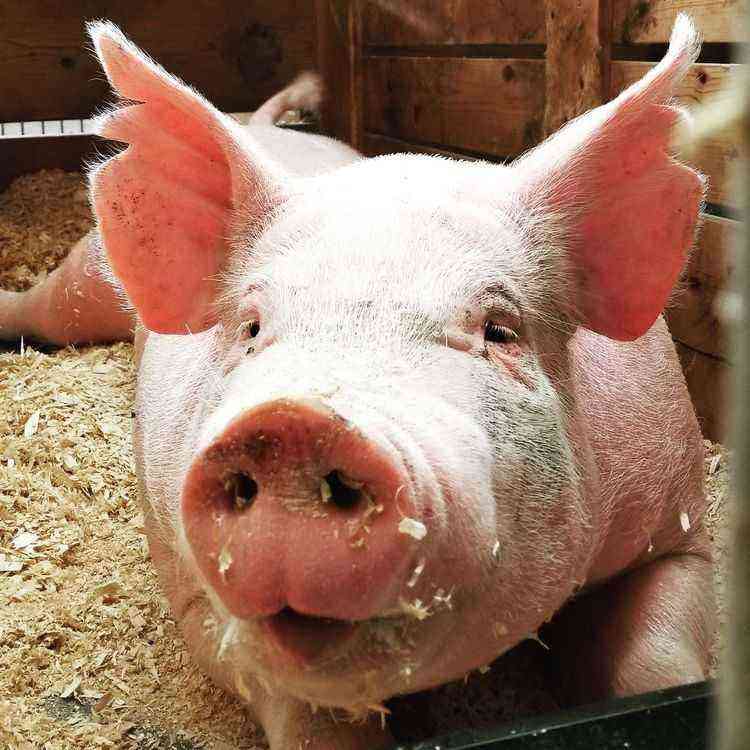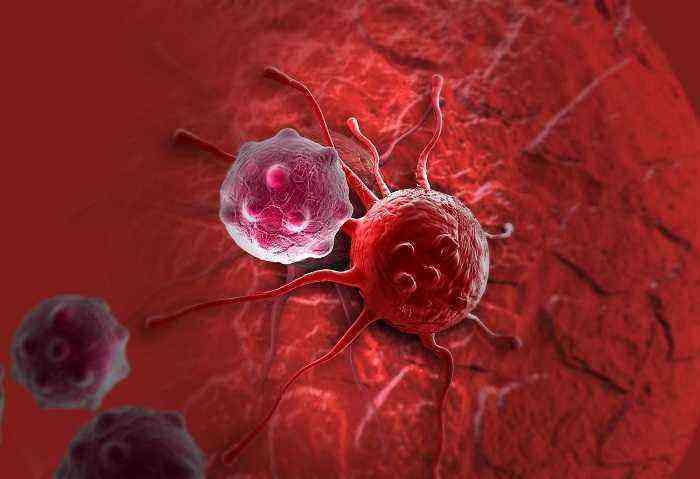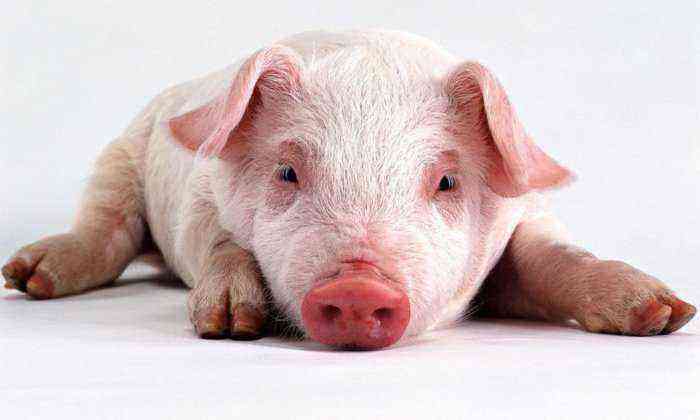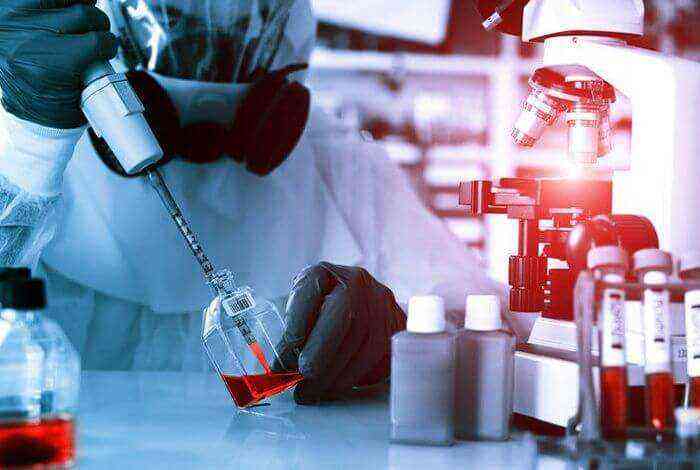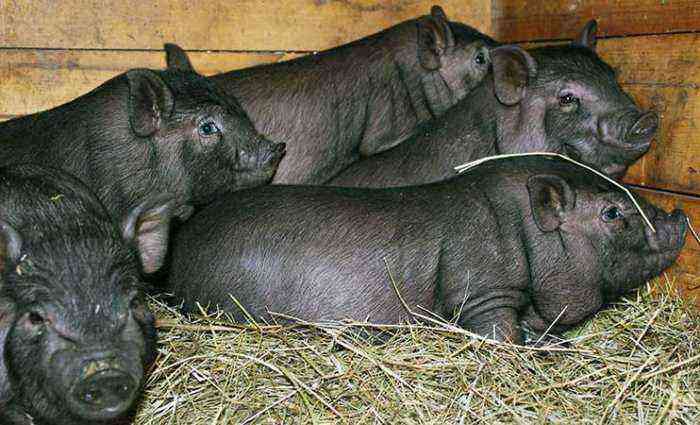At large livestock enterprises, disinfection of a pigsty is a planned procedure that the staff implements in accordance with a strictly established schedule. But the owners of small farms often neglect such an important procedure, and some of them have no idea how to properly carry it out at home. Meanwhile, periodic disinfection of the barn effectively prevents the occurrence of a number of infectious diseases of pigs and helps maintain good health of livestock.
Disinfection in the pigsty
Why is disinfection carried out?
In the process of animal life, even with regular cleaning of the pigsty, particles of manure, dirt, and spoiled feed are collected in hard-to-reach places. In such a nutrient medium, pathogenic microflora often develops. Spreading on the bedding and elements of the machines, it can enter the body of pigs, causing serious disturbances in the digestive and other systems. But high-quality disinfection allows you to destroy most of this infection.
Most often, decontamination of livestock buildings is carried out with two main goals:
- Preventive disinfection. Produced at least twice a year.
- Disinfection of the pigsty during the development of the epidemic. Applied to contain the pandemic.
Preparatory work
Before carrying out the procedure itself, it is necessary to properly prepare the premises for disinfection. First of all, such preparation includes the transfer of all animals to another building, in which contact with disinfectants is completely excluded.
After that, the barn is cleaned. It is implemented in accordance with the following algorithm:
- The litter is removed, all garbage and manure is carefully removed from the machines and other parts of the pigsty, and the remnants of feed from the feeders are disposed of. Be sure to remove the feed if it is stored in the room where the pig population lives.
- The electricity in the barn is turned off for the duration of the treatment.
- All closed areas of the pigsty are opened and cleaned.
- Each element of the structure of the barn, as well as the floor, walls and ceilings, are carefully swept with a broom and washed with hot water. If it is difficult to remove old manure masses and dirt, special detergents can be used to soften the dense dry layer.
- If necessary, individual elements of structures and equipment are repaired at this stage.
- Then the whole room is re-washed with a strong pressure of hot water.
Reference. Before the procedure, the equipment can be thoroughly washed and left indoors. It is better to decontaminate the tool individually.
Procedure Implementation
One of the most important points in the disinfection of a pigsty is the correct choice of a disinfectant. The most effective and popular means in this regard are:
Formalin
- formalin in the form of a 6% solution;
- slaked lime with a concentration of 10-20%;
- caustic soda, used in the form of a hot solution at a concentration of 4%;
- hot solution of soda ash with a substance content of at least 5%.
Also, the effect of the procedure largely depends on the amount of funds used. The minimum dosage of each of these solutions is 0,5 liters per square meter. For bleach and formaldehyde, the recommended rate is 3 liters per square meter. Moreover, before use, such substances should be heated to a temperature of 80 degrees.
Processing of the floor, walls, ceiling and structural elements can be carried out with a conventional soft brush. But a simpler means of spraying is a portable motorized sprayer or hydraulic control. For large industrial enterprises, special disinfection units are used.
At the end of the procedure, the doors and windows in the barn are closed for 3-4 hours. After the room is opened, thoroughly washed with a strong pressure of water and left to dry for 1-2 days with the windows open.
Inventory should be disinfected separately. To do this, it is placed in a special container filled with the selected solution. After a certain time, the remains of the disinfectant are washed off with a copious amount of liquid.
To prevent the development of infections as completely as possible, in parallel with disinfection, preventive measures should also be taken to eliminate rodents. To do this, all found holes of rats are filled with liquid cement, into which broken glass is first poured. Another effective remedy is poisoned baits.
Safety measures
It is worth remembering that spraying any disinfectant solution indoors can be hazardous to human health. Therefore, when implementing the disinfection of a pigsty, it is necessary to strictly adhere to the basic precautions:
Disinfection Precautions
- The procedure should be carried out exclusively in special clothing, goggles and rubber gloves. The mouth and nose are protected with a thick gauze bandage or a respirator.
- Before using the drug, you must carefully read the instructions.
- If chemicals come into contact with eyes or skin, rinse with plenty of liquid and seek medical attention if possible.
- Keep disinfectants only in the original container, tightly sealed. Places where substances are stored must be completely out of reach of children.
- Processing is preferably carried out by two people. The first performs the main pollination. The second helps and monitors the condition of the first.
High-quality disinfection can prevent most infectious diseases caused by spore-forming microorganisms. This, in turn, significantly saves the farm owner’s money, which would have to be spent on the treatment of animals, and saves the number of livestock.
